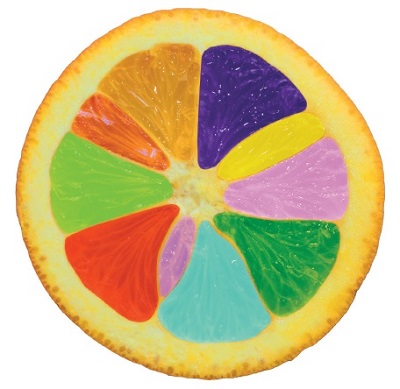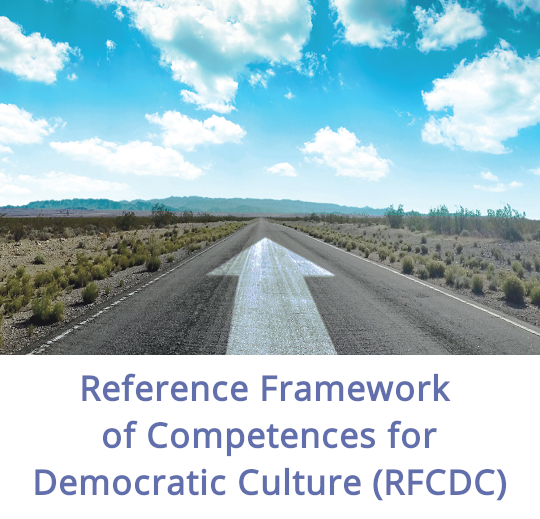Descriptors of competences

Descriptors - Their uses and purposes
The full bank of validated descriptors
Descriptors for Young Learners
 Descriptors - Their uses and purposes
Descriptors - Their uses and purposes
What are descriptors?
Competence descriptors are positively formulated statements that describe observable behaviours which indicate that the person concerned has achieved a certain level of proficiency with regard to a competence. In order for descriptors to be relevant for curriculum planning, teaching and learning, and assessment, the descriptors are formulated using the language of learning outcomes. These descriptors help to operationalise the competences and provide tools for educational practice.
The RFCDC descriptors
Volume 2 of the Framework includes 447 validated descriptors, of which 135 are considered key descriptors and correspond to one of the three levels of proficiency (basic, intermediate and advanced). The statistical procedure used to scale the descriptors makes it highly probable that if a person displays the behaviour corresponding to a descriptor at the advanced level, then this person will also be able to display the behaviours corresponding to the descriptors at the intermediate and basic levels for the same competence.
Besides the list of scaled descriptors validated for learners above age 10, a separate list of descriptors validated for younger learners is available below.
The descriptors can be useful in several ways, including:
- as reference points for curriculum development at different levels, from national curricula to school-based curricula;
- for the design, implementation and evaluation of learning activities
- for the assessment of learners;
- for self-assessment and as an aid for critical reflection on learning, whether this takes place in a formal, non-formal or informal educational setting.
The bank of descriptors should be seen as a toolbox from which to pick and combine the most relevant elements considering the level of the learners and their specific context. When choosing the most relevant descriptors to set as expected learning outcomes, educators should consider that learning activities need to provide meaningful opportunities for all learners to move to higher levels of proficiency or to stabilise and consolidate proficiency for various competences. The use of descriptors, because they are formulated in positive terms, allows for recognising what learners can do, and the absence of behaviours should guide future educational interventions and not be used to categorize or label the learner in a negative manner.
For more information on descriptors' uses and purposes

 The key descriptors
The key descriptors
 The full bank of validated descriptors
The full bank of validated descriptors
 Descriptors for Young Learners
Descriptors for Young Learners
The main set of descriptors was based on a piloting process involving learners aged 10 years and older. In order to support teachers working for the development of competences for democratic culture with children below the age of 10, a separate set of descriptors has been developed and tested. These descriptors have not been scaled by level of proficiency, due to the specificity of the dynamics and variability in the development of competences at this early age. Some of these descriptors correspond to descriptors that are also valid for learners above 10 years of age, some are reformulations of descriptors for older learners but taking into account the age of the children, while others are new descriptors that are appropriate for children below 10.
Download the list of descriptors for younger learners (below 10 years of age) and guidance on their use.



